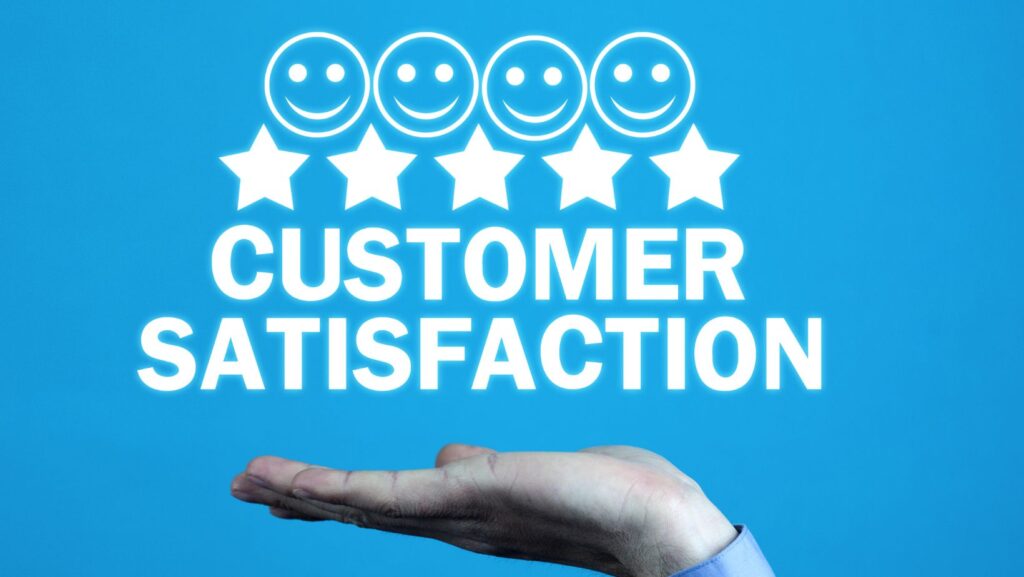Understanding your customers’ satisfaction is not just a feel-good exercise—it’s crucial for your business’s longevity. Whether you’re selling physical products or software solutions, failing to meet expectations can mean losing customers to competitors. But how can you identify where things are going wrong and fix them before it’s too late? This guide breaks down five critical areas where businesses often miss the mark and how you can turn things around to delight your customers.
Are You Making It Immersive Enough?
The days of static, one-dimensional product interactions are fading fast. Customers now expect experiences that draw them in and keep them engaged. Virtual reality has become a pivotal technology that is reshaping how businesses connect with audiences. Many companies demonstrate how blending virtual reality with social media can transform your brand’s presence.
Imagine a potential customer trying out your new product in a VR showroom or attending a live virtual event where they can interact with your team and other users in real time. This level of immersion bridges the gap between physical and digital products, leaving customers with memorable and share-worthy experiences.
But it’s not just about adopting the latest tech trends; it’s about using these tools thoughtfully to enhance customer engagement. By creating immersive touchpoints, you’ll make customers feel more connected to your brand, turning casual users into loyal advocates.
Evaluating Your Onboarding Experience
A flashy product launch means little if customers are left scratching their heads about how to use it. This is especially true for software products, where user onboarding can make or break the experience. Many businesses rely on product tour software to smooth the learning curve, but finding the right tools is crucial. Platforms offering product tour solutions, including those that offer Help Hero alternatives provide excellent ways to simplify user onboarding at a fraction of the cost.
By creating intuitive, step-by-step guides that meet users where they are, you eliminate frustration and confusion. Customers are far more likely to stick with a product when they feel confident using it right away. If your onboarding feels clunky or overwhelming, it might be time to rethink your approach.

This doesn’t just apply to software. Even physical products can benefit from clearer instructions, video tutorials, or an interactive FAQ section. The goal is the same—ensure your customers feel supported from day one. With the right onboarding strategy, you’ll lay the foundation for trust and long-term satisfaction.
Truly Listening to Customer Feedback
Customers love to feel heard, but many companies miss this simple yet powerful opportunity. When feedback is treated as an afterthought, it can send a message that their opinions don’t matter. On the flip side, actively listening to your audience not only strengthens trust but also provides invaluable insights for product improvement.
Set up multiple channels for feedback collection—whether through surveys, live chats, or social media polls—and follow up with meaningful action. Let’s say a customer points out a common issue with your product packaging or interface. Address it quickly and communicate the change. It’s not just about solving problems; it’s about showing customers that their input drives real results.
Transparency is key. Even if you can’t act on every piece of feedback immediately, acknowledge it. Customers value businesses that are responsive and genuinely invested in their experience.
Don’t Overlook the Power of Personalization
In a world where customization is king, generic products or services can feel impersonal. Customers expect brands to better cater to their unique preferences and needs. Personalization doesn’t have to be complicated—it can be as simple as offering tailored recommendations based on past purchases or allowing users to configure their product features.

Consider how some companies let customers build their own product bundles or choose color and size options down to the finest detail. For software products, personalization might mean letting users customize their dashboards or select only the features they need.
By making customers feel like your product was designed just for them, you build stronger emotional connections and increase satisfaction. And as a bonus, personalized experiences often lead to higher sales and loyalty.
Creating Support Channels That are up to Par
Even the best products can run into issues, and when they do, your support team becomes the face of your business. Poor customer support can undo years of hard-earned trust, while stellar service can turn even the most dissatisfied customers into raving fans.
Evaluate your current support options. Are customers waiting days for a response to their emails? Are your chatbots causing more frustration than they solve? If so, it’s time to rethink your approach. Offer multiple ways for customers to reach you—whether through live chat, phone, or social media—and ensure those channels are well-staffed and efficient.
Proactive support also makes a difference. Anticipate common issues and address them before customers have to ask. For example, create a robust self-service knowledge base or send regular updates on new features and fixes. By making support seamless and effective, you can turn potential pain points into moments of delight.


More Stories
Crypto And Cards: The Fusion Of Blockchain And Betting
Tool Overload: Why Less Software Sometimes Means More Progress
Why AI-Driven Compliance Monitoring Is the Key to Proactive Risk Management